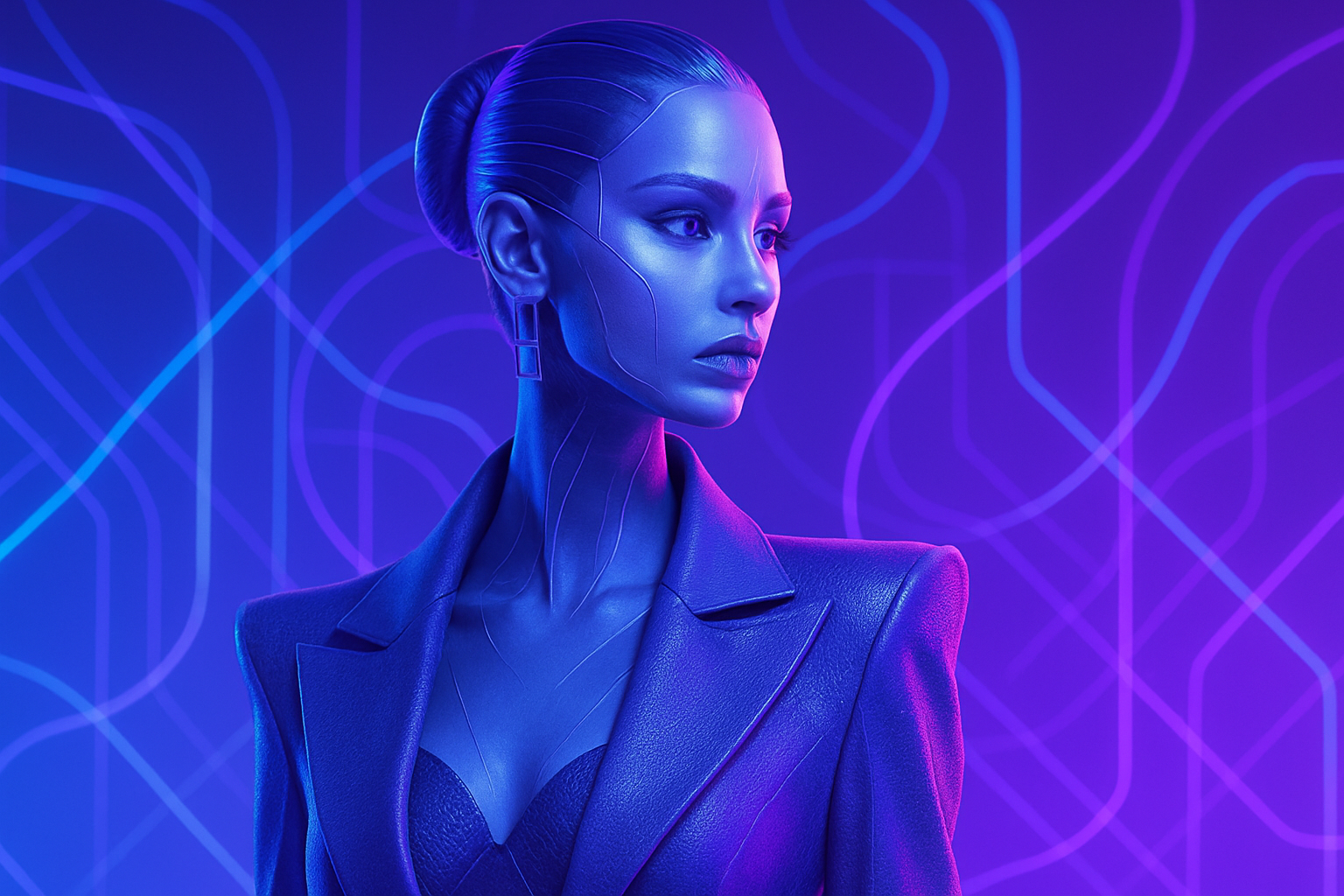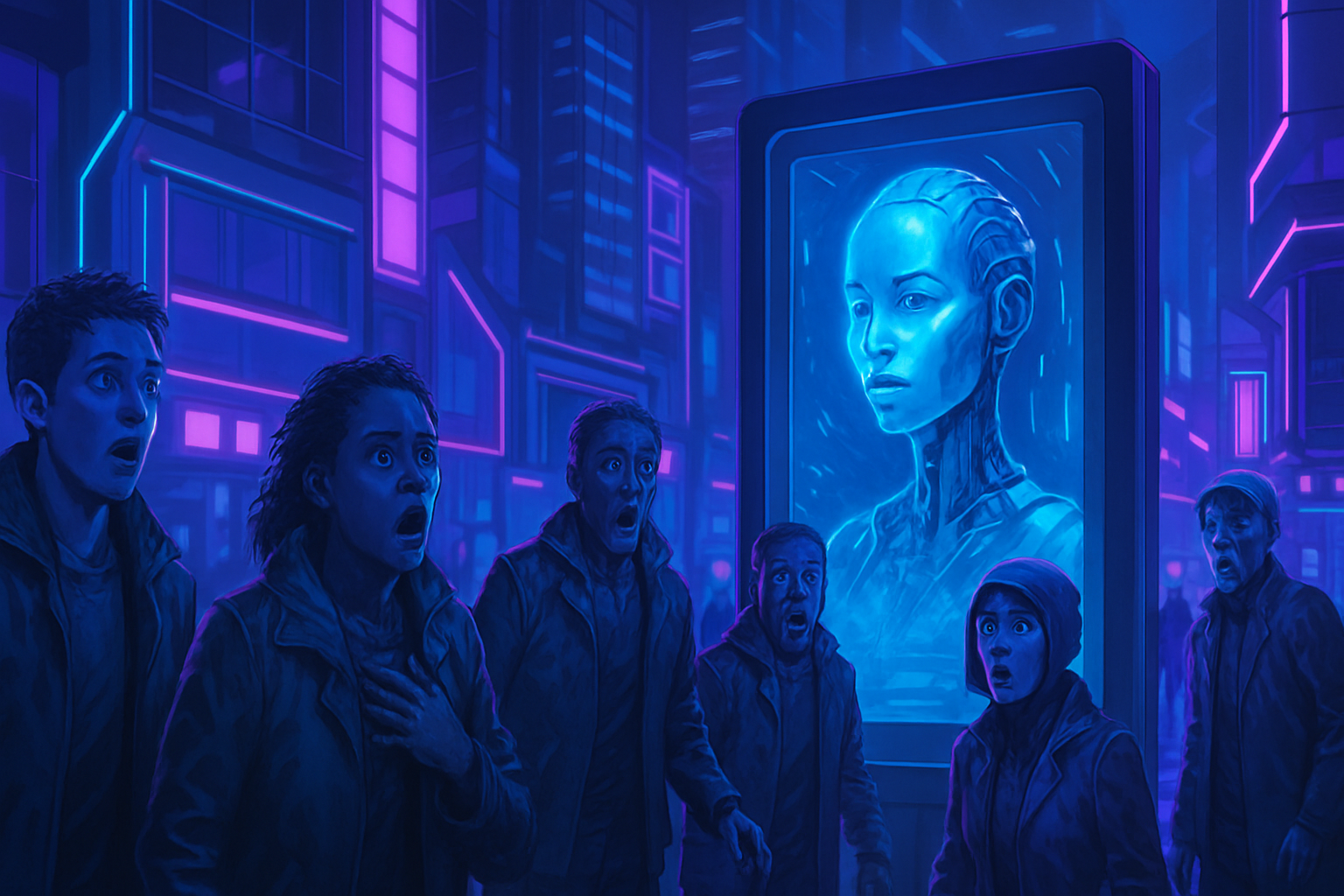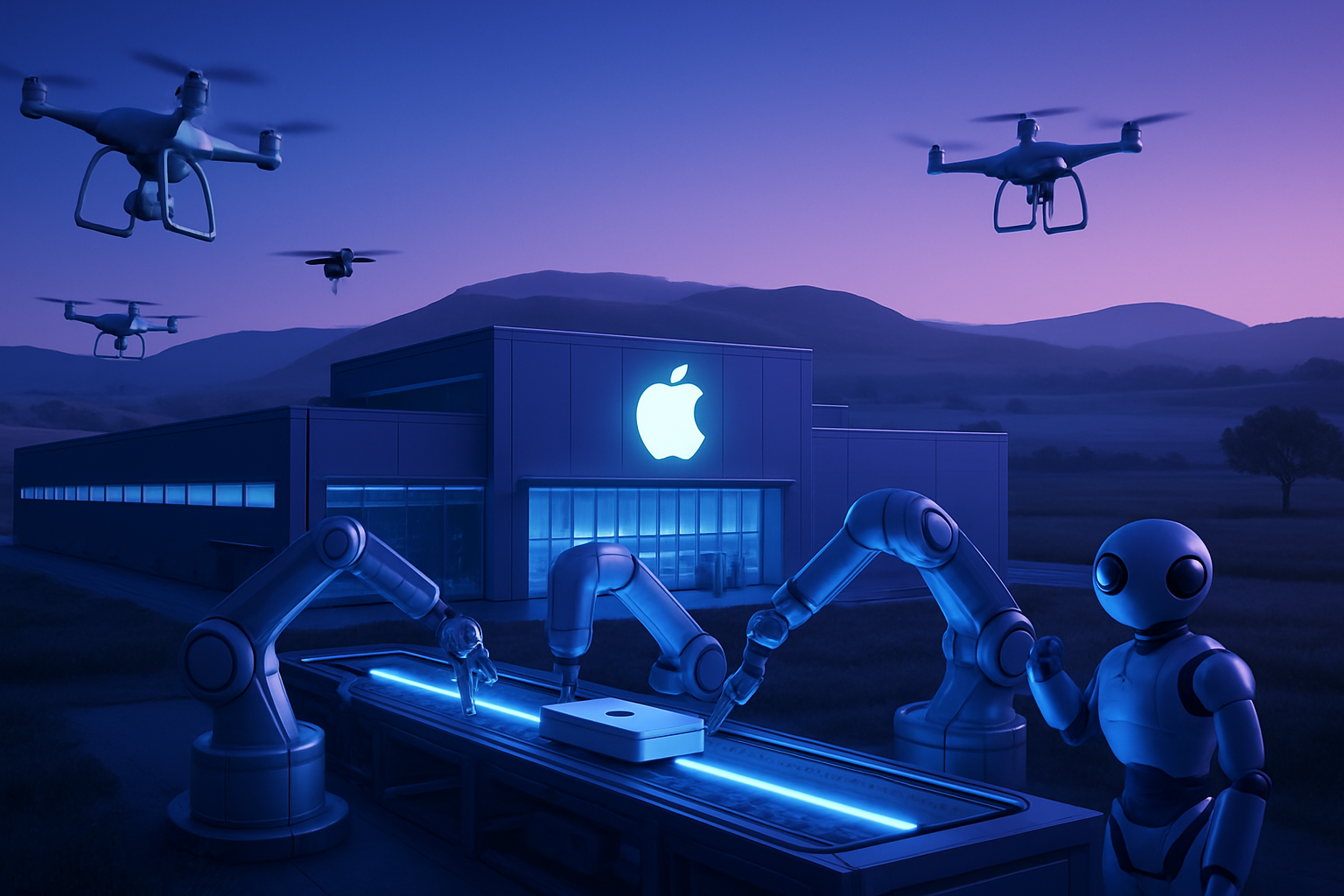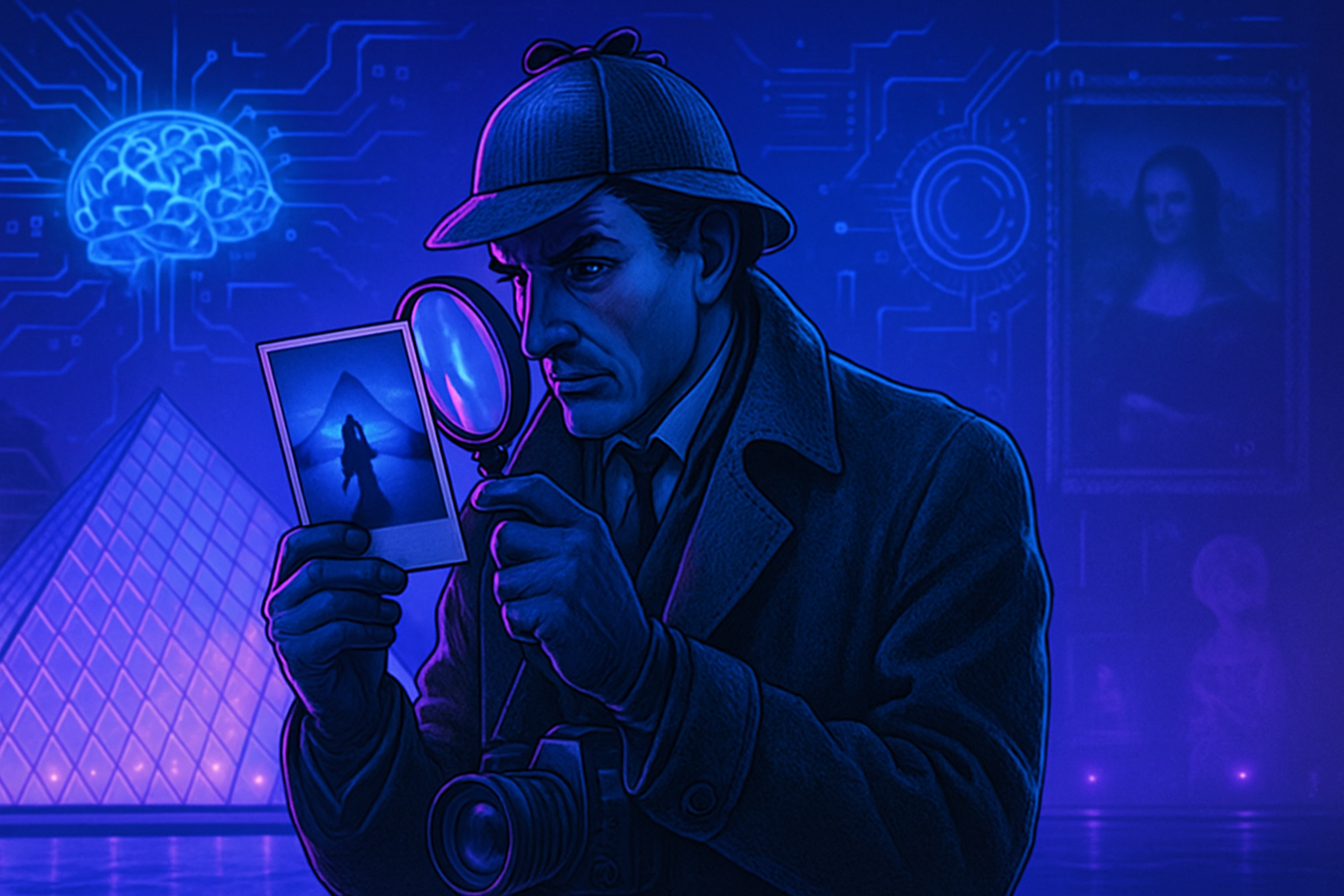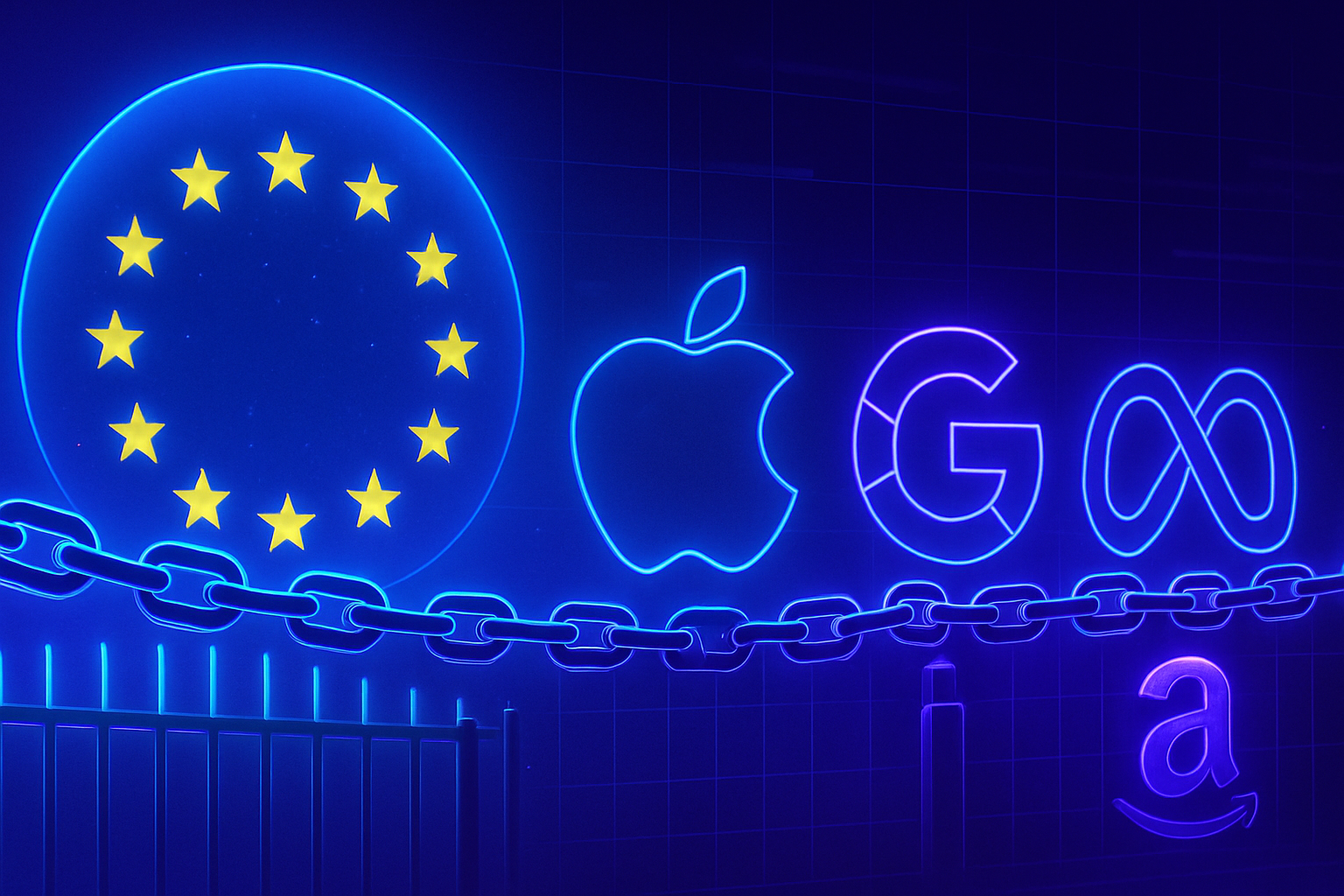A virtual mannequin, the product of artificial intelligence, is causing controversy in the August issue of Vogue. This innovation disrupts traditional fashion standards, raising concerns about the future of artistic professions. The emergence of this virtual model profoundly questions the human value in aesthetic creation. Confronted with AI-generated images, industry professionals are questioning artistic integrity. The fight for representation and diversity is threatened by the digital age.
A controversial advertisement in Vogue
The magazine Vogue found itself at the center of a media storm after publishing an advertisement for the Guess brand, featuring a virtual mannequin created by artificial intelligence. This striking image draws attention due to the sharp contrast it establishes with traditional beauty standards. On TikTok, the somewhat vehement reaction from users reveals a real discomfort with this innovative fashion.
Presentation of the AI-generated mannequin
The mannequin, with a realistic appearance featuring conventional traits such as blonde hair and blue eyes, illustrates the trend of using technology to replace human models. This first instance, preceded by meticulous preparation, required the involvement of experts from the company Seraphinne Vallora. The cost of producing such a mannequin, which can reach considerable sums, reflects the sophistication of the technology used.
Reactions from TikTok users
Thousands of internet users, particularly on TikTok, are expressing their outrage. The controversy is growing, reflecting broader concerns about the impact of AI on the fashion industry. Sharp comments are emerging, such as: “Art is dying” and “You are harming your own industry”. These testimonials reveal artists’ worries about their future in an evolving Quebec beauty landscape.
The dangers of new beauty standards
A number of influencers and content creators highlight the risks associated with this evolution. Nathan, a well-known blogger, warns against unfair competition between human models and their virtual counterparts. Indeed, these new AI-powered aesthetic representations can significantly influence young women’s self-image and exacerbate body dysmorphic disorders.
Defense by Seraphinne Vallora
In light of the controversy, the founders of Seraphinne Vallora are ardently defending their approach. According to them, generating AI mannequins is the result of collective work involving a wide range of professionals, from photographers to stylists. They emphasize that this innovation is not intended to replace human workers, but rather to fit into a creative tooling logic.
The limits of current technology
Despite their enthusiasm, Seraphinne Vallora admits that the technology remains imperfect. Plus-size mannequins and those of non-white ethnicities are not created, as these elements have not yet found their place in the AI model. The company justifies this decision based on user engagement considerations on social media, highlighting often restrictive and homogeneous beauty structures.
A new definition of creativity
The company leaders insist on the need to preserve creativity within fashion. For them, integrating AI represents an opportunity to broaden the thinking around contemporary beauty standards. In their vision, it is imperative to navigate through the criticism inherent to any innovation. The path towards an aesthetic future requires boldness and awareness of recurring societal issues.
The controversy surrounding this initiative raises countless questions about the use of AI in the fashion industry. The debate remains open regarding the role virtual mannequins will play alongside their human counterparts. The impact on cultural beauty norms continues to be questioned, as the dynamics of art and fashion are profoundly altered.
For a complete overview of the discussions and criticisms surrounding this trend, check out this article. The issues of fashion and creativity are more relevant than ever, advancing hand in hand with a constantly evolving technology.
Frequently asked questions about the AI-generated virtual mannequin in Vogue
What is an AI-generated virtual mannequin?
An AI-generated virtual mannequin is an image created using artificial intelligence technologies, mimicking the appearance of a human mannequin, and is used in advertisements or fashion presentations.
Why did the advertisement for the virtual mannequin in Vogue spark controversy?
The controversy stems from concerns about the impact of AI on the fashion industry, particularly the fear that it will lead to the unemployment of real models and the promotion of unrealistic beauty standards.
How did internet users react to this advertisement on TikTok?
On TikTok, many users expressed their discontent, denouncing that the creation of a virtual mannequin harms artistic professions and the real expression of human beauty.
Do the creators of the virtual mannequin defend their work?
Yes, the founders of Seraphinne Vallora assert that the creation of AI mannequins requires a creative team and that their goal is to innovate in the industry, while warning that this may be disturbing.
What is the potential impact of AI on beauty standards?
The use of virtual mannequins could create new, more toxic beauty standards, pushing real women to compare themselves to AI-generated images, which can lead to body image issues.
Are there limits to the use of AI-generated mannequins?
Yes, Seraphinne Vallora has indicated that the technology is not yet capable of creating plus-size mannequins or those of different ethnicities, as this might not align with users’ engagement expectations on social media.
What is the process for creating a virtual mannequin?
The creation of a virtual mannequin can take up to a month and involves the work of engineers, creators, photographers, stylists, and, in some cases, model artists to ensure a polished representation.
